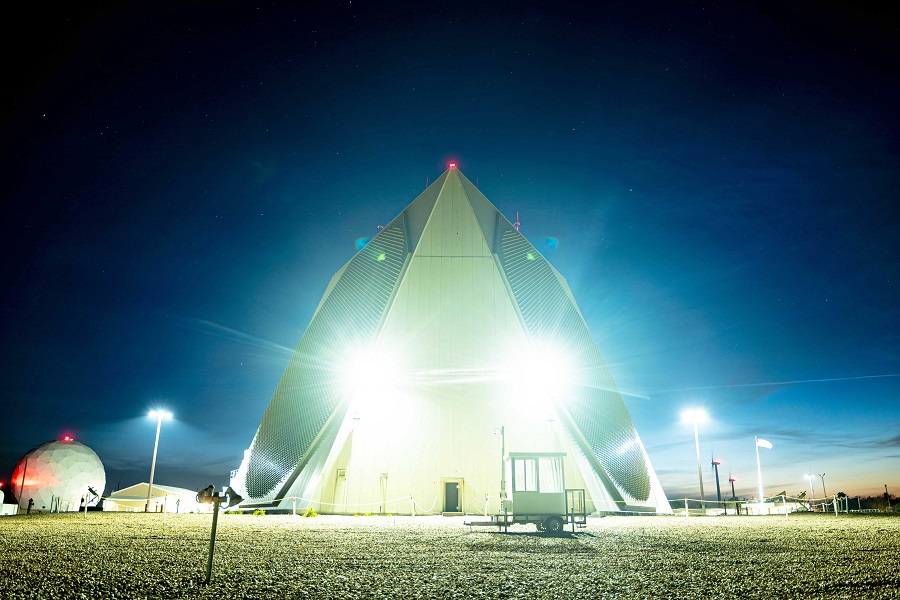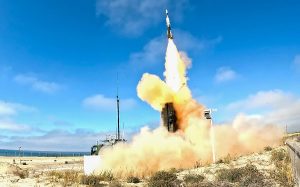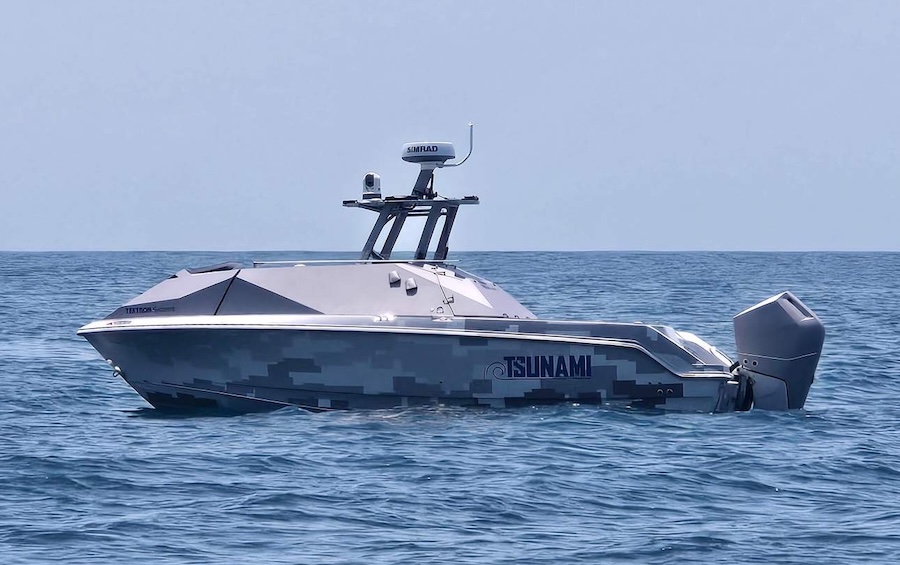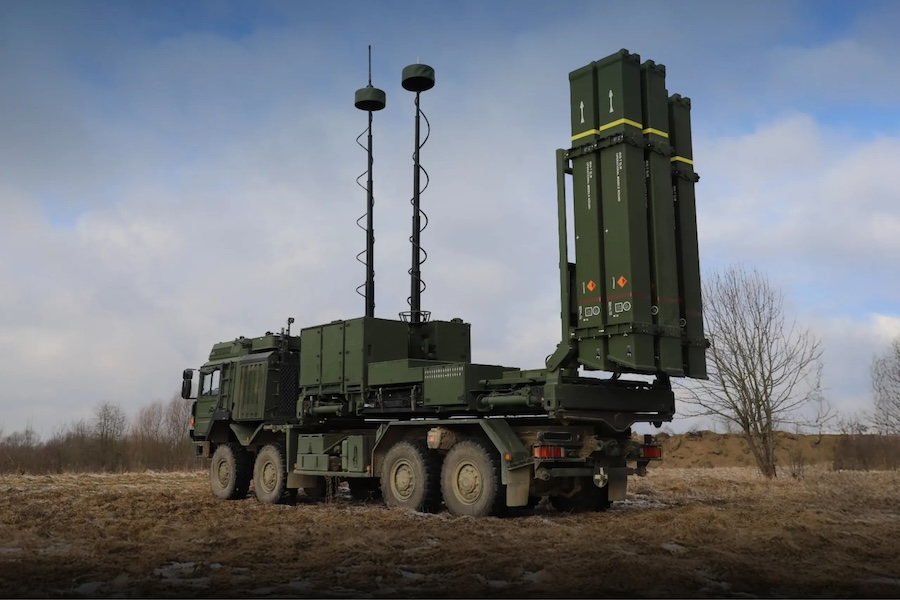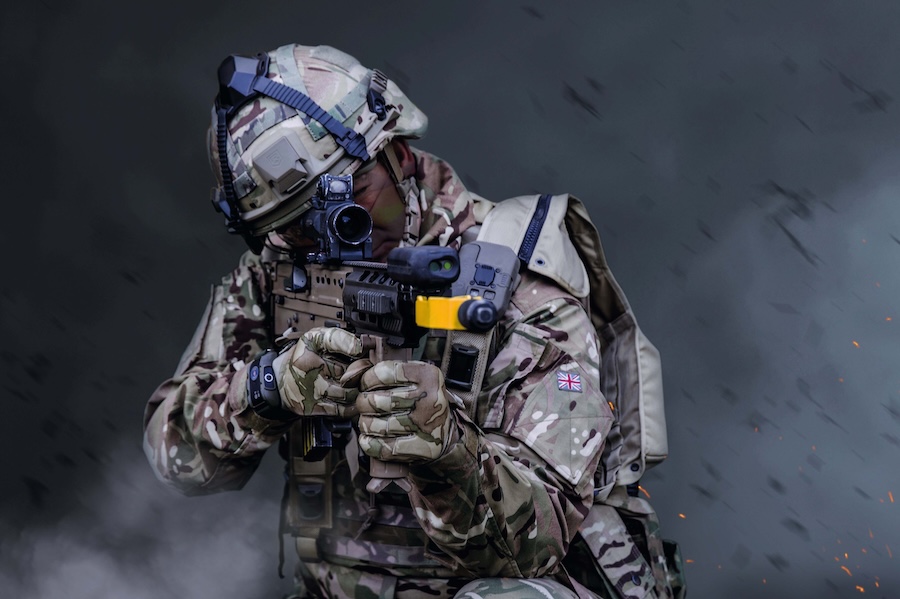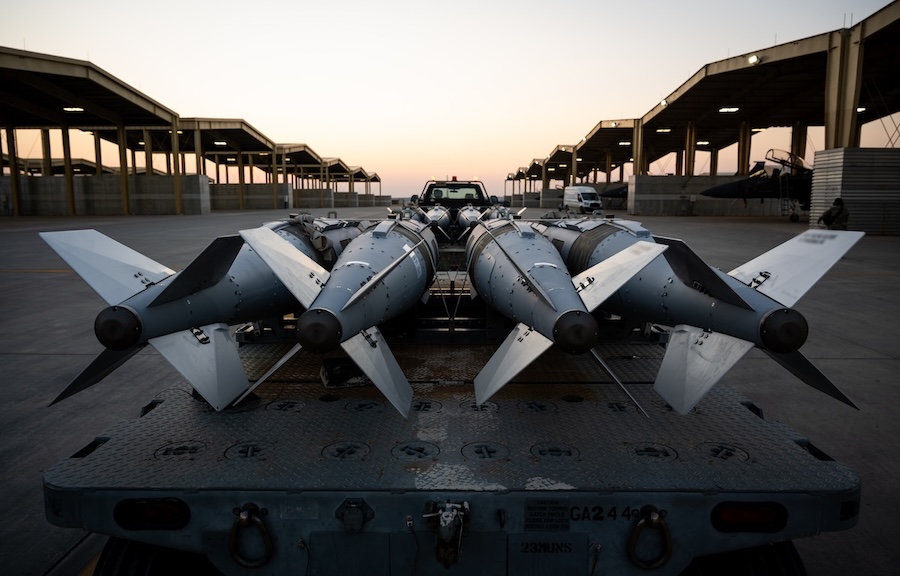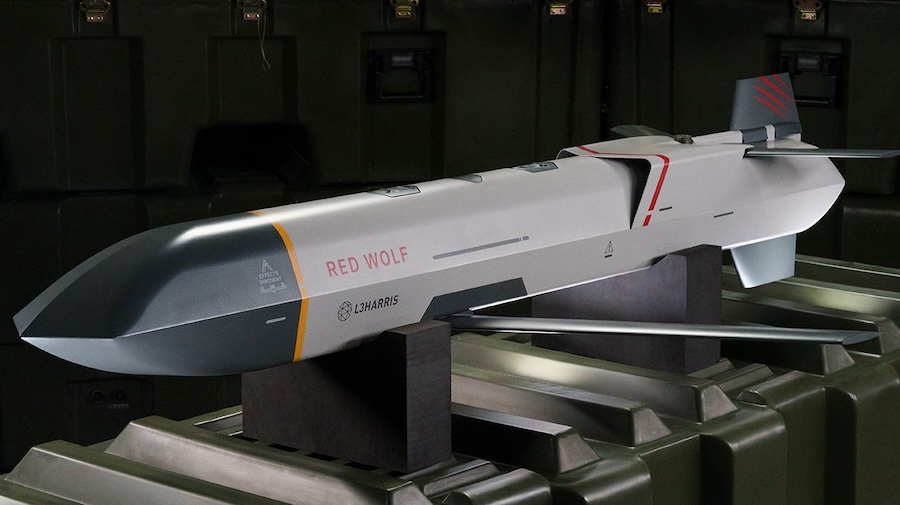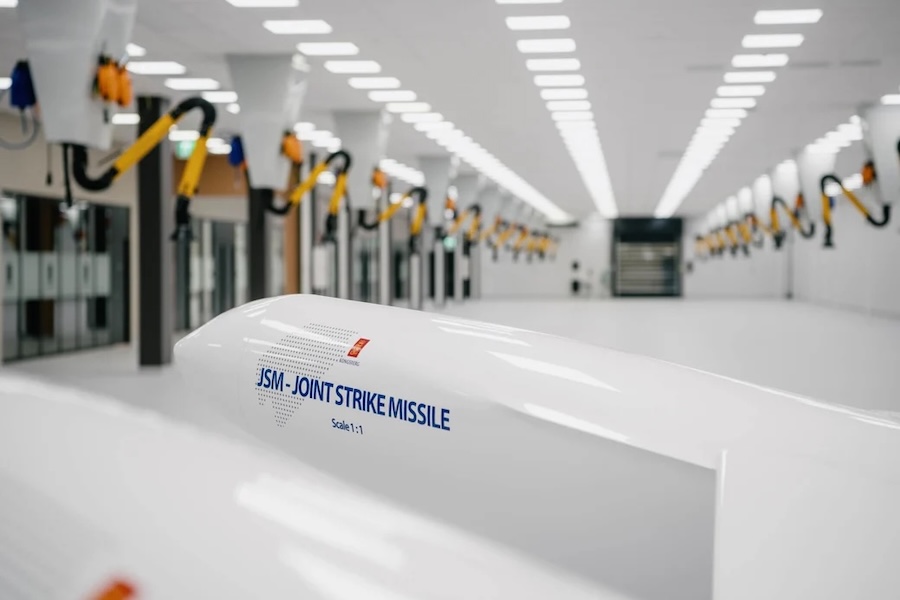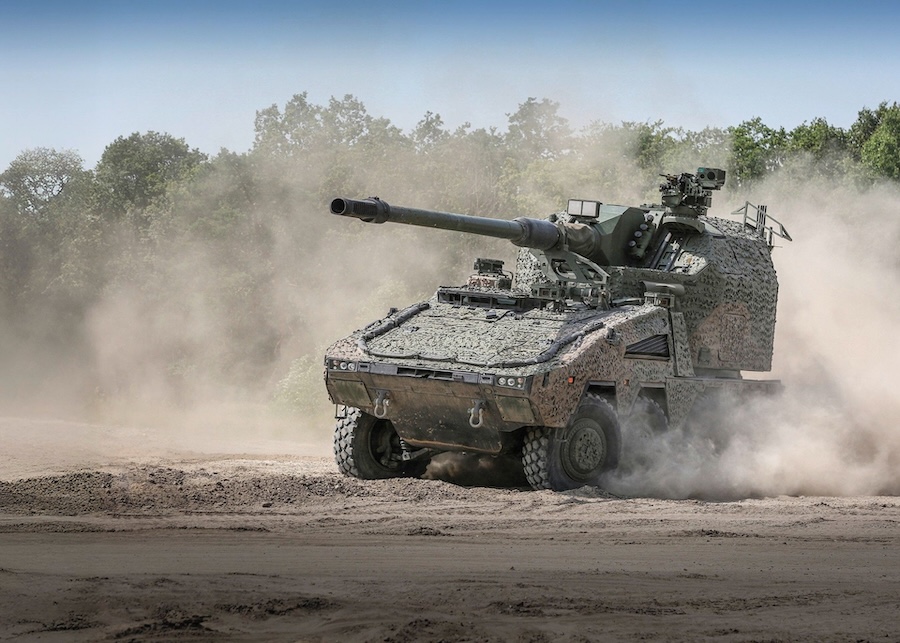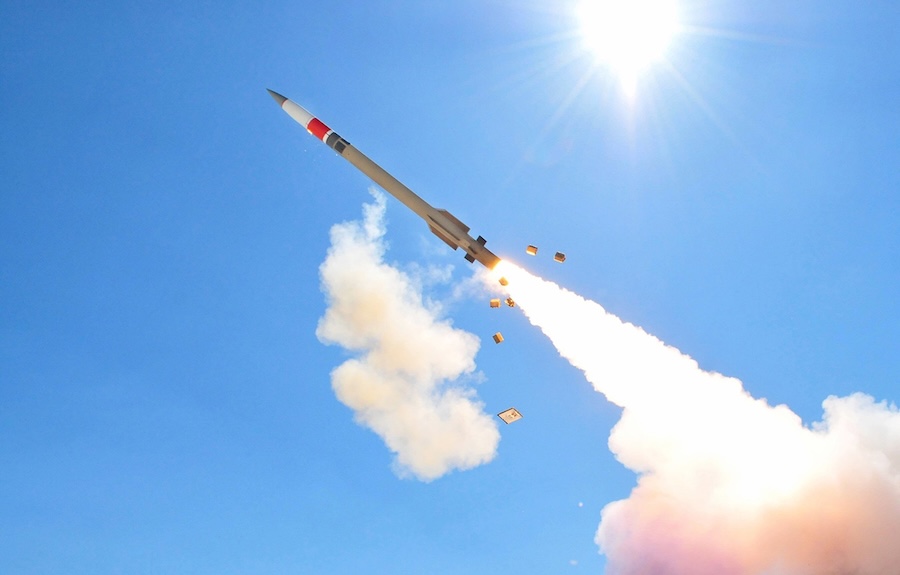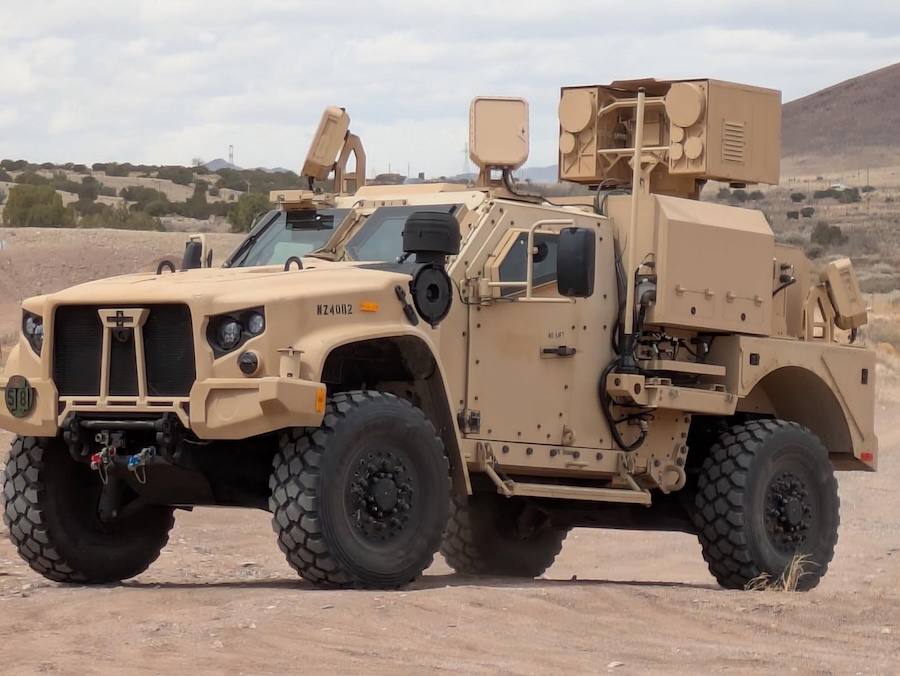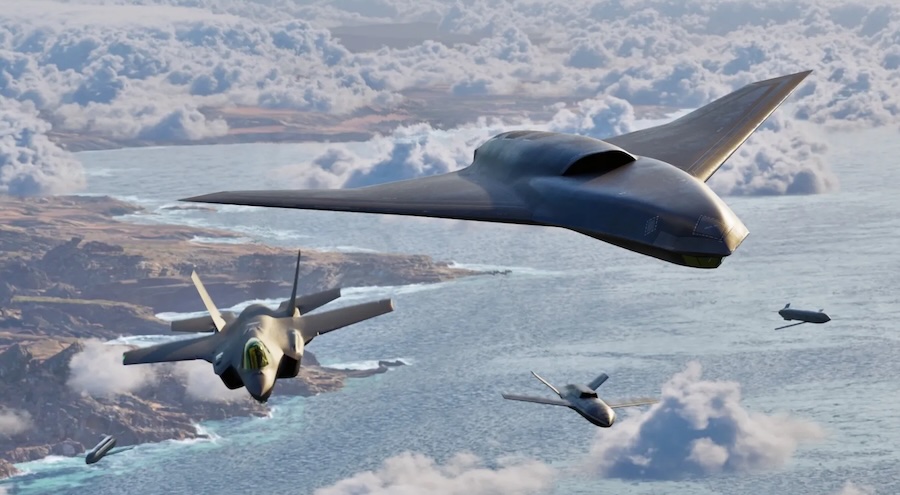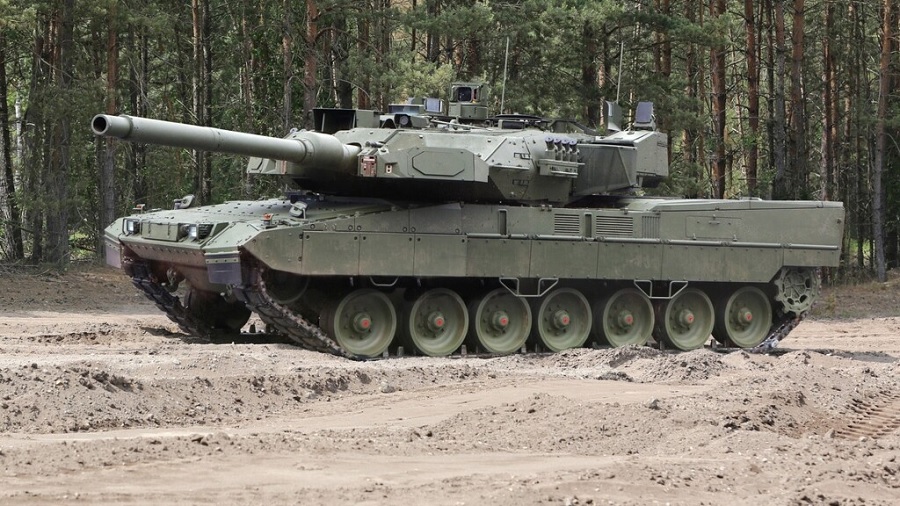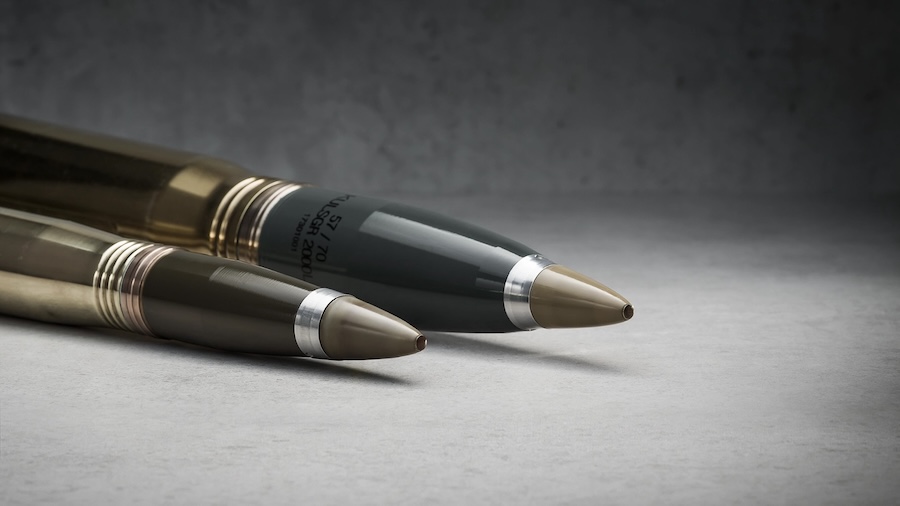The initiative forms part of the “Golden Dome for America” missile defence programme, originally advocated by former President Donald Trump. According to the White House, the programme aims to protect the country against “the most catastrophic threat the country faces,” including advanced hypersonic missiles.
These hypersonic weapons, capable of flying at more than five times the speed of sound, are difficult to intercept using existing systems. The current Ground-Based Midcourse Defense (GMD) system is designed to counter limited intercontinental ballistic missile (ICBM) attacks but may not be sufficient against large, complex strikes.
On 3 October, the U.S. Missile Defense Agency issued a request for information (RFI) on a planned software upgrade for the Upgraded Early Warning Radars (UEWR). The update, known as Advanced Object Classification (AOC) 1.1, seeks to improve how radars classify objects in the midcourse phase of ballistic missile flight.
The midcourse phase, which can last up to 20 minutes, offers a critical window in which a missile can be intercepted before it re-enters the atmosphere. Accurate object classification is essential during this phase, as adversaries can deploy decoys to overwhelm defences and allow warheads to reach their targets.
UEWR systems are located in Alaska, California, Massachusetts, Greenland and the United Kingdom, and are designed to track missiles launched from land or submarines. With 240 to 360-degree coverage and detection ranges up to 3,000 miles, the radars provide early-warning data to support interceptor launches and mid-flight tracking.
The Center for Arms Control and Non-Proliferation notes that effective missile defence depends on distinguishing real warheads from debris and decoys. U.S. plans previously outlined by nuclear expert Ankit Panda in 2021 revealed the Missile Defense Agency’s intention to deploy four interceptors for each incoming warhead.
In a statement to Newsweek, a U.S. defence official said: “The Golden Dome for America office is examining current and future solutions across the services and interagency to identify the most effective ways to modernize and quickly field the capabilities our nation needs to protect our Homeland.”
An assessment by the U.S. Defense Intelligence Agency warned: “Missile threats to the U.S. homeland will expand in scale and sophistication in the coming decade. China and Russia are developing an array of novel delivery systems to exploit gaps in current U.S. ballistic missile defenses … North Korea has successfully tested ballistic missiles with sufficient range to reach the entire Homeland.”
Whether further upgrades to U.S. missile defence systems will follow remains uncertain, despite growing concerns over the advancing capabilities of America’s key strategic rivals.
Source: Newsweek.




